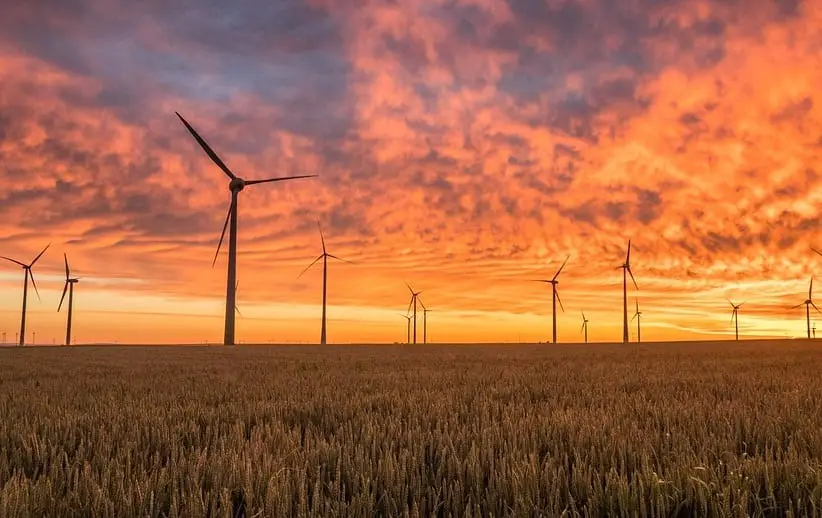
Alternative power sources reduce CO2 emissions but at the cost of land space
September 4, 2018Fossil fuels take up 1000 times less space than renewables.
Alternative power sources to fossil fuels, such as Biomass, solar and wind, may be more environmentally friendly, but they need a lot of space compared to dirty energy. This was discovered from new research published in Energy Policy, by environmental scientist Paul Behrens and master’s student John van Zalk from the University of Leiden, Netherlands.
Renewable energies typically require more space than fossil fuels.
For the first time, researchers collected 177 estimates of US power densities across the scientific literature and compared the power density for nine specific energy types. To compare power density, the scientists took the average electrical power produced in one horizontal square meter of infrastructure.
What they learned was that Natural gas and nuclear power took up the least amount of space, while the alternative power sources biomass, hydro and wind, took up the most. Although the researches gathered and analyzed data from the US, the results can also reportedly be applied to other countries.
Alternative power sources may take up more space but they can be developed for multiple uses.
What the researchers learned was that power densities can differ by as much as 1000 times. Biomass was the lowest at 0.8 W/m2 and natural gas at the highest, 1000 W/m2. Compared to coal, wind and solar energy require approximately 40 – 50 times more space, and about 90 -100 times more space than gas.
Be that as it may, Paul Behrens points out that “the production of fossil fuels is a very dirty business.”
“While renewable energies take up more space, that space will be less polluted, and can be developed for multiple uses such as farming around the base of wind turbines,” Behrens said, reported Phys.org.
That being said, as the world’s population continues to increase, the demand for new food and housing will only grow. This could make it hard for renewables, like biomass, to be developed. The reason is the amount of land needed to produce Biomass can be used for growing food instead.
 Beherens believes that to avoid the competition for land, alternative power sources like rooftop solar energy, offshore wind and “future technologies such as algae farms” may be the best options for avoiding land wars in the years to come.
Beherens believes that to avoid the competition for land, alternative power sources like rooftop solar energy, offshore wind and “future technologies such as algae farms” may be the best options for avoiding land wars in the years to come.



 With over 15 years of reporting hydrogen news, we are your premier source for the latest updates and insights in hydrogen and renewable energy.
With over 15 years of reporting hydrogen news, we are your premier source for the latest updates and insights in hydrogen and renewable energy.